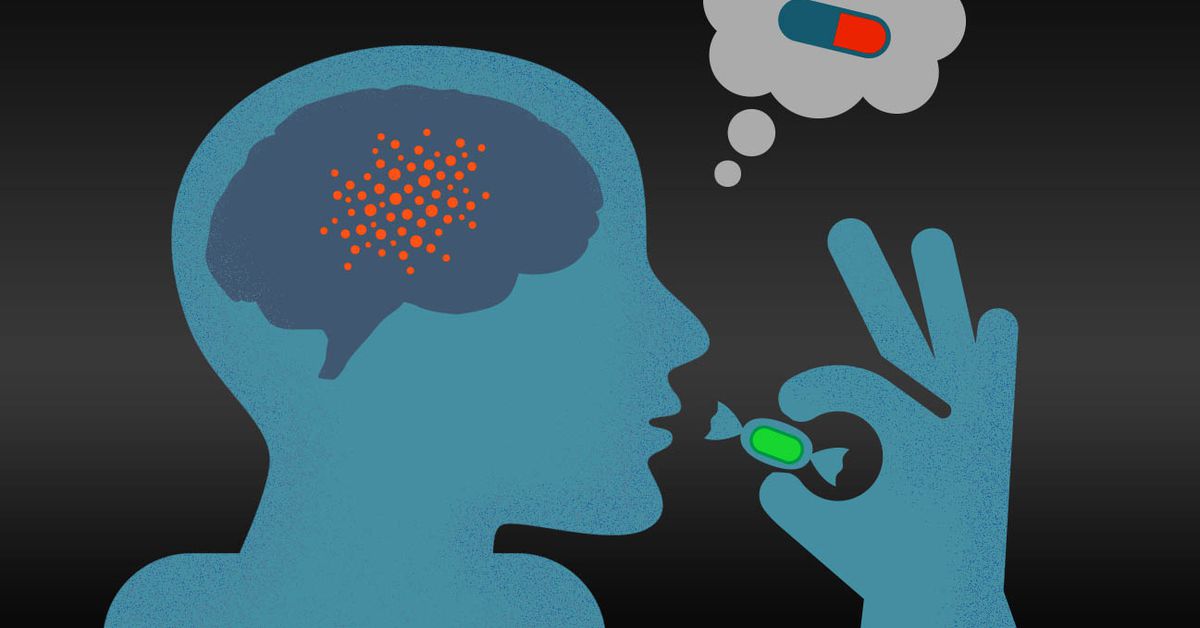“Mommy, my finger hurts,” said the little girl as she waited for her mother to kiss her daughter’s finger better. And what a miracle that is! The little girl no longer feels any pain!
I’m sorry to break the little child’s spirit, but there is no magical kiss that can miraculously cure pain. In reality, this situation is an example of what we know as “The Placebo Effect”. Well, sort of.
A placebo, by definition, is “an inactive medication or medical procedure that resembles an actual treatment but is a fake version that does not actually act on a disease or medical condition”.
Hence, a “positive placebo effect” occurs as an outcome of both, believing the treatment is an actual medication/medical procedure and the body’s natural ability to relieve pain. Notwithstanding, a placebo effect can be negative as well – that is when the patient starts experiencing side effects from a medicine they are not actually taking.
But how can our brain be tricked into believing that a treatment can cure our pain, regardless of what that treatment truly is?
Because the administered treatment does not have actual healing properties, the placebo effect apparently depends on the person’s expectations. If a patient expects a relief, there is a very high chance they actually might be relieved.
Scientists have discovered that the psychological mechanisms of this effect lie in two strongly dependent aspects: conscious expectations and learning. Our brain interprets and integrates different environmental signals to generate expectations – this is the learning part. Now, when we expect a pill to decrease our pain, our brain will secrete stress-and-pain-relieving molecules called endorphins.
It’s first important to mention that, here, the learning pattern is repeated. I’d like to briefly tell you about an experiment known as Pavlov’s Dog Theory. It revolves around pairing a stimulus with a conditioned response. He started with giving dog food (stimulus) and observing the dogs’ salivation (unconditioned response). However, the dogs’ salivation was then observed when they saw Pavlov’s lab assistant, associating the assistant with food arrival. Pavlov thus decided to ring the bell whenever he gave his dogs their food to observe their salivation (conditioned response), and eventually tried ringing the bell without giving them food. You guessed it – salivation occurred.
Furthermore, a placebo’s potential effect is influenced by several factors (the signals our brain interprets). The social context, for instance, offers predetermined ideas in regard to a treatment. This includes the doctor’s attitude, appearance of skill, cost of treatment, etc. The patient thus does not go into a doctor’s clinic as a complete blank state, but rather with a package of memories evoked by all the famous signals that were interpreted in regard to the environment of therapy.
OK, cool. What about the brain itself? Put very simply, it has been shown that the frontal cortices of the brain (areas involved in higher learning) are involved in a circuit of neurons that play a role in the placebo effect. It is worth noting that different placebo responses trigger different parts of that circuit.
Another essential thing to consider is that patients do not need to be oblivious of the placebo in order for it to have an effect. In a study conducted by a group of researchers from University of Basel in Switzerland and Harvard Medical School, it appeared that patients who were informed that they will be taking placebos and told what the placebo effect was also showed important pain relief.
At this point, some of the questions we can ask ourselves are: do placebos really work on everybody? If they don’t, does the answer lie in the “non-responders’” genetic makeup?
More on that in the coming years’ scientific breakthroughs.
